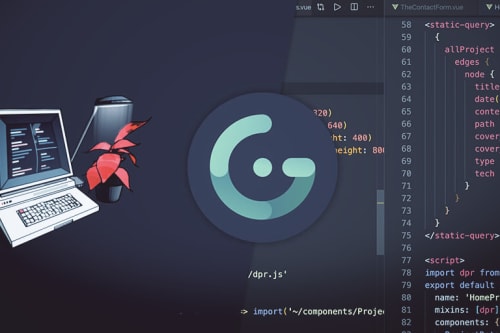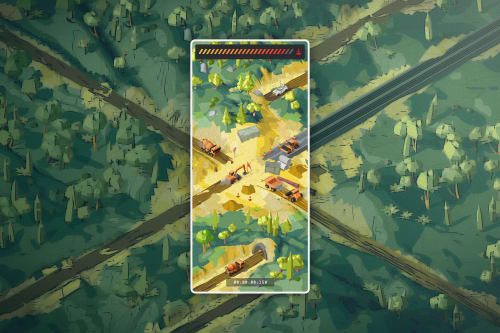
Building a restaurant page using Nuxt with Storyblok
This post is about my first experience using Storyblok headless CMS coupled with Nuxt.
Genesis
I have a brother who owns of small pizzeria in Libourne, west of France. I did built a small webpage containing contact details back in time, but he had the need to publicly expose its restaurant’s menu and be able to update himself on a regular basis. It was a perfect opportunity to go with a static site powered by a headless CMS following the Jamstack approach, as the site would only be updated a few times a month.
The choice of Storyblok
Previously, I only experimented Prismic as headless CMS, and even though I was quite happy, I felt like the UI lacked a bit of intuitiveness, especially on the editor side. I heard about Storyblok as a headless solution that is frequently coupled with Nuxt. Indeed, there is multiples tutorials and Nuxt boilerplates into their documentation. It seems Storyblok people have made Nuxt their beloved front-end solution. I was convinced to try it out after I’ve seen a few tutorial showing a neat and appealing admin UI. The free tiers is also quite generous and encompasses all the features I would need (content documents can be organized in a folder-like structure, very simple forms, web hooks ..)
The highlights of Storyblok
The feature I found the most interesting is the one Storyblok showcases : the visual editor that offers us to directly click on page elements that display the right edition form on the side. I think it speed up the editor’s work and help him to quickly preview all the changes made before publishing. Prismic has a preview feature but we should open the page in an external window and should go back and forth.
The Storyblok’s Nuxt boilerplate
From the developer side, the Nuxt Storyblok SDK is pretty straightforward to setup and querying the API is very simple. The team responsible for the Nuxt boilerplate has made an interesting architecture choice : every page/component is made using a dynamic component calling the one using the reference name retrieved from the API, and pass it all the data in a "blok" prop. All the components are referenced in a single components.js file called within plugin property within nuxt.config.js. This way, it’s almost always the same code we can reuse across pages and components.
Problem encountered
The Storyblok experience has been fluid on the whole process, though, I struggled a bit on the deployment phase. I couldn’t take advantage on the dynamic visual editor onto the deployed static site (on Netlify), pretty annoying. It may be fixed in a near future but the only workaround I found is to deploy another parallel app, either SPA or SSR, and call this one on the visual editor.
Wrapping up
This stack is simple. Storyblok is neat and offers a great editor experience. I’m eager to improve my Storyblok knowledge across upcoming projects regarding this positive first impression. Here is the restaurant site by the way, called Marcellino.





